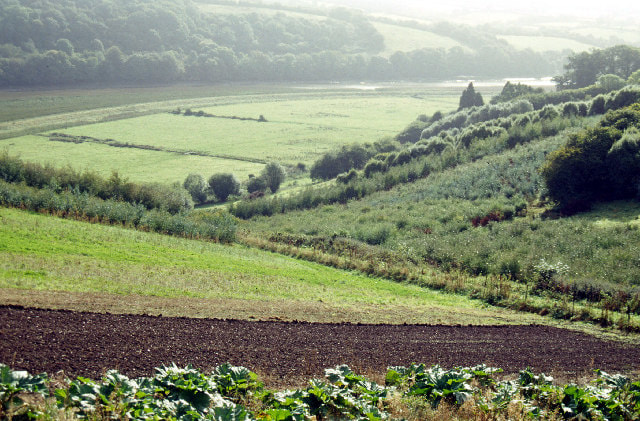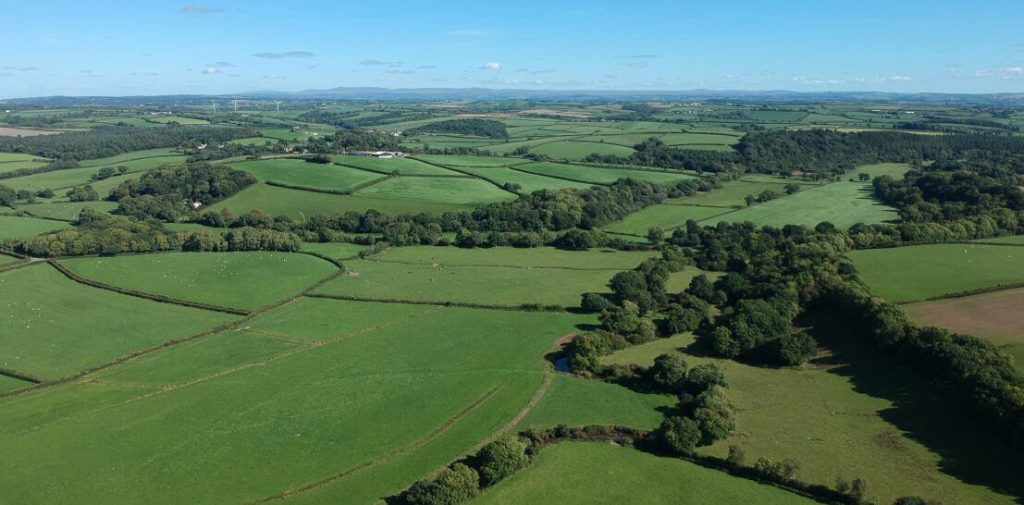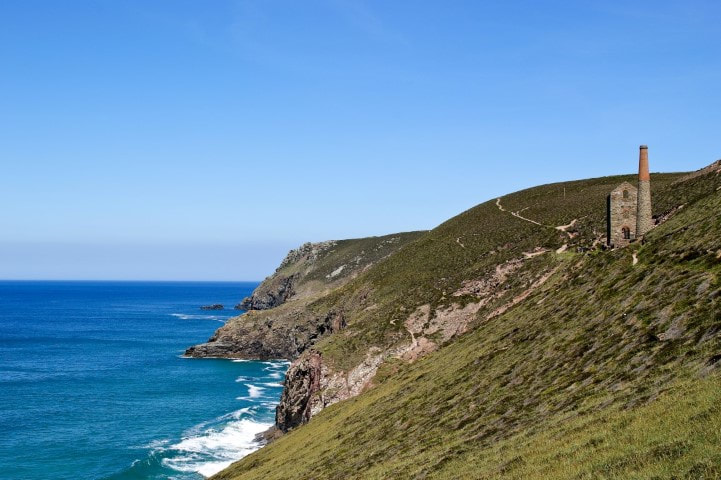In our last blog post, we looked into the fascinating geography of our river valley. This week, we’re dipping our toes into the area’s rich cultural heritage. From raspberries to Romans, read on to learn about the Tamar’s history.

We’re offered a tantalising glimpse into the area’s ancient history on sites such as Kit Hill (near Callington), where Neolithic barrows can be found.
Later, around 2000 BC (during the Bronze Age) we find the first evidence in the valley of the mining activity which continued in one form or other until the late 19th or early 20th century. Indeed, the area has been trading with European cultures for thousands of years.
Ancient Greek geographer, Pytheas of Massalia, travelled to these parts around 325 BC where he found a flourishing tin trade.
Similarly, the Romans were frequent trading visitors to the area, and it is thought that their productive relationship with Cornish tribes was one reason that when they finally invaded, their centuries-long occupation left most territory to the west of the Tamar unaffected.
Mining activity continued to form the backbone of the area’s rich industrial heritage for the next two millennia. Amongst others, tin, copper, silver and arsenic were transported down the river to the ports and quays in the Hamoaze and Plymouth Sound.
This industry has been immortalised by attractions such as Morwellham Quay. This activity peaked in the late 19th century, but has left a permanent but important mark on the landscape, and indeed is now a UNESCO world heritage site for its mining heritage.
But it’s not just minerals and metals – historically, the Tamar has also stocked the markets of Plymouth and beyond, and has laid claim to providing the best salmon in the world, and everything from daffodils to strawberries that were grown on the rich market gardens found on its banks.
In the first half of the twentieth century large steamers (making the most of the deeper tidal waters south of Gunnislake) would pick up vast tonnage of produce from busy quays such as Calstock, Cotehele, and Halton, and ferry it down river to be sold in Plymouth’s markets.
The Tamar doesn’t just cater for freight ships – pleasure boats have been a sight on the waters for over a century, and tourist cruises can still be booked.
The largest vessels to enjoy the waters have to be those belonging to the navy. Plymouth Sound, at the mouth of the river Tamar, is home to the largest naval base in Europe — Devonport.
Of course where we are, north of Launceston in the Upper Tamar, the river is too shallow to allow this sort of river traffic. Here, it is little more than a rather beautiful stream, babbling under an old stone bridge, but we’re quite happy with that!
If you fancy exploring this wonderful, historic part of the country, then feel free to browse our cottages, or check out our blog post on the best reasons for visiting the Tamar.
Reasons to visit the Tamar Valley




